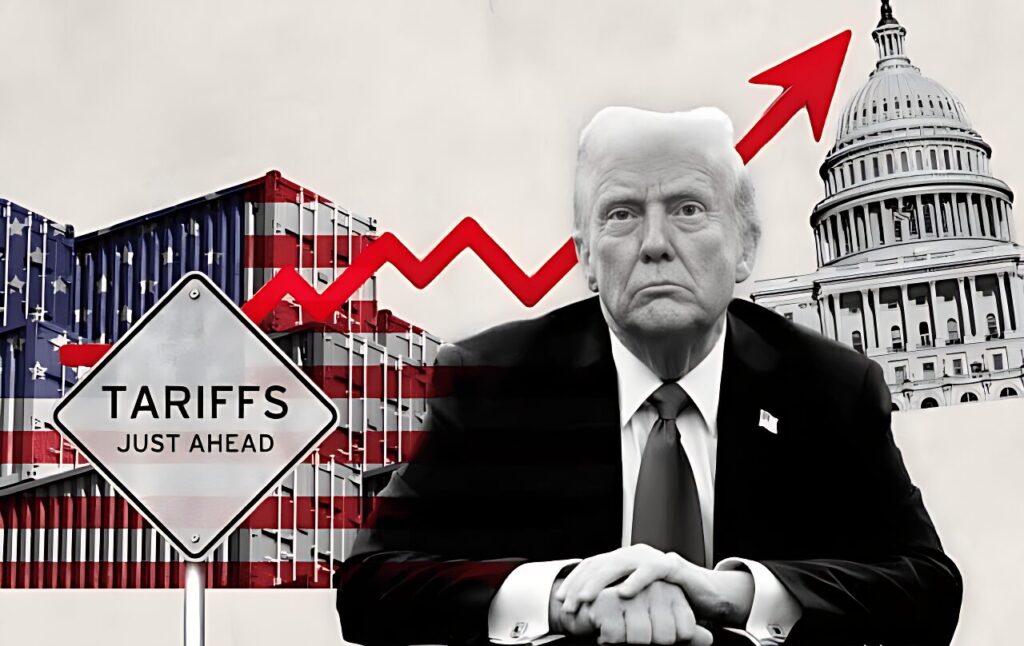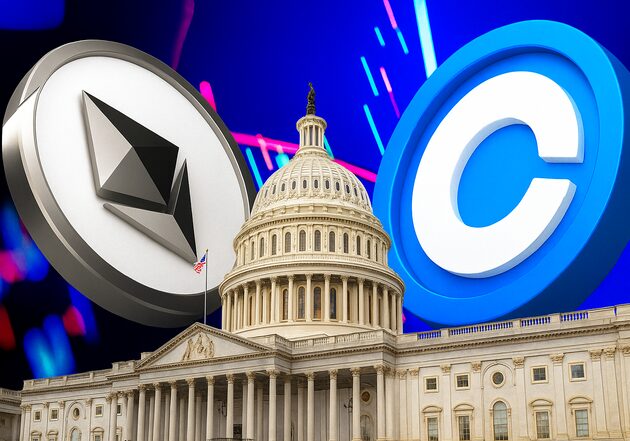Just 10 hours ago, a wallet address linked to the US Government transferred 86,564 ETH to Coinbase Prime, sparking speculation about the timing and potential implications of the transaction. This move comes ahead of significant tariff-related news, raising questions about whether the transfer was coincidental or strategically timed.
Historically, this particular wallet has shown a pattern of transferring ETH to exchanges, typically around the end of the year (October to December). However, the latest transfer occurred outside this usual timeframe, adding to the intrigue surrounding the event.
While the amount transferred may not seem substantial in the grand scheme of the Ethereum market, these transactions often coincide with sensitive periods in the crypto ecosystem. Could this be a signal or mere coincidence? Let’s explore further.
A Look at the Wallet’s Historical Activity
The wallet in question has a consistent but minimal transaction history. Each year, it typically executes only one major transfer of ETH to an exchange, usually during the final quarter of the year. This pattern suggests that the wallet’s activity is deliberate and planned rather than random.
However, the recent transfer of 86,564 ETH deviates from this annual routine, occurring in the middle of the year instead of the usual October-December window. The timing, just before the announcement of tariff-related news, has caught the attention of analysts and investors alike.
Such transfers often occur during pivotal moments in the market, leading some to speculate whether they are part of a broader strategy or simply routine operations by the US Government.
Is This Transfer Linked to the Tariff Announcement?

The timing of the transfer raises an important question: Is this a coincidence, or does it have a connection to the recent tariff announcement? Tariffs and regulatory developments can significantly impact the cryptocurrency market, influencing investor sentiment and price movements.
While there is no concrete evidence linking the transfer to the tariff news, the proximity of the two events is hard to ignore. Historically, government actions involving cryptocurrencies have often been interpreted as signals by the market. For example, large transfers to exchanges could indicate preparation for sales or redistribution, potentially affecting short-term liquidity and price dynamics.
That said, the US Government has not provided any official explanation for the transfer, leaving room for speculation.
What Does This Mean for Ethereum’s Long-Term Growth?
Despite the uncertainty surrounding the timing of the transfer, historical data suggests that such events do not necessarily hinder Ethereum’s long-term growth. In fact, Ethereum has consistently demonstrated resilience and upward momentum over time, driven by its robust ecosystem and widespread adoption.
Key factors supporting Ethereum’s growth include:
- Decentralized Finance (DeFi) : Ethereum remains the backbone of the DeFi ecosystem, hosting a vast array of decentralized applications (dApps) and protocols.
- NFT Market Dominance : Ethereum continues to lead the non-fungible token (NFT) space, with most high-value NFT projects built on its blockchain.
- Scalability Improvements : Upgrades like The Merge and ongoing developments in Layer 2 solutions have enhanced Ethereum’s scalability and energy efficiency, making it more attractive to users and developers.
These fundamentals position Ethereum for sustained growth, even amid short-term market fluctuations or government-related activities.
Analyzing the Broader Implications
Government involvement in the cryptocurrency space is often viewed with mixed reactions. On one hand, it signals recognition of digital assets as a legitimate asset class. On the other hand, it can create uncertainty among investors, especially when large transfers occur during sensitive market periods.
In this case, the transfer of 86,564 ETH to Coinbase Prime may reflect routine treasury management or preparation for future regulatory actions. Regardless of the intent, it underscores the growing intersection between traditional financial systems and the crypto economy.
For Ethereum specifically, such events highlight its role as a key player in the global financial landscape. As governments and institutions increasingly engage with digital assets, Ethereum’s utility and adoption are likely to expand further.




